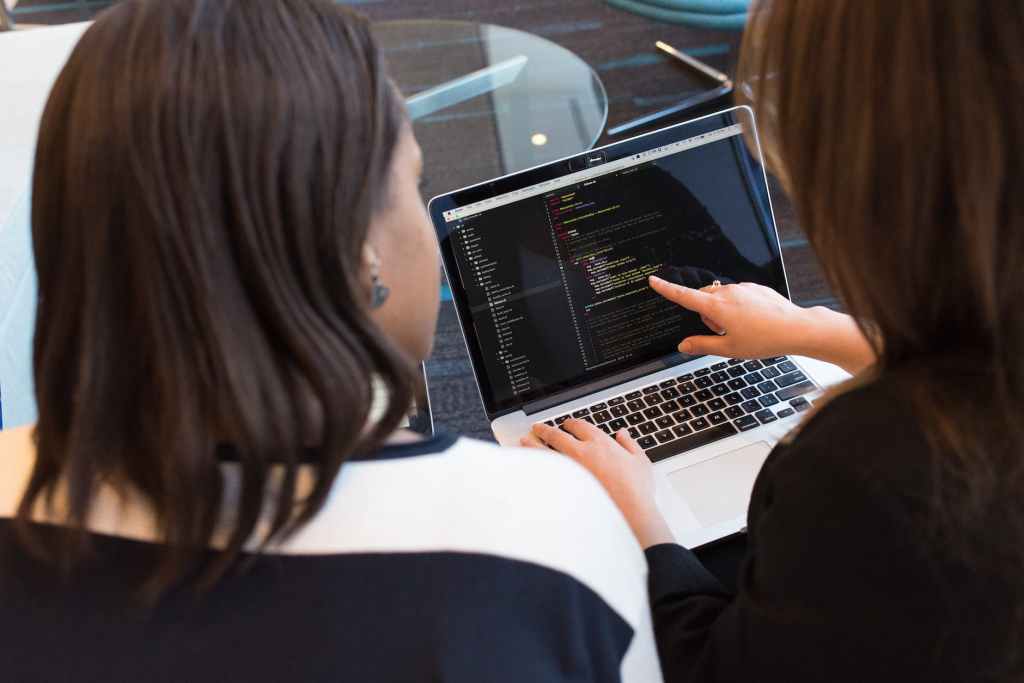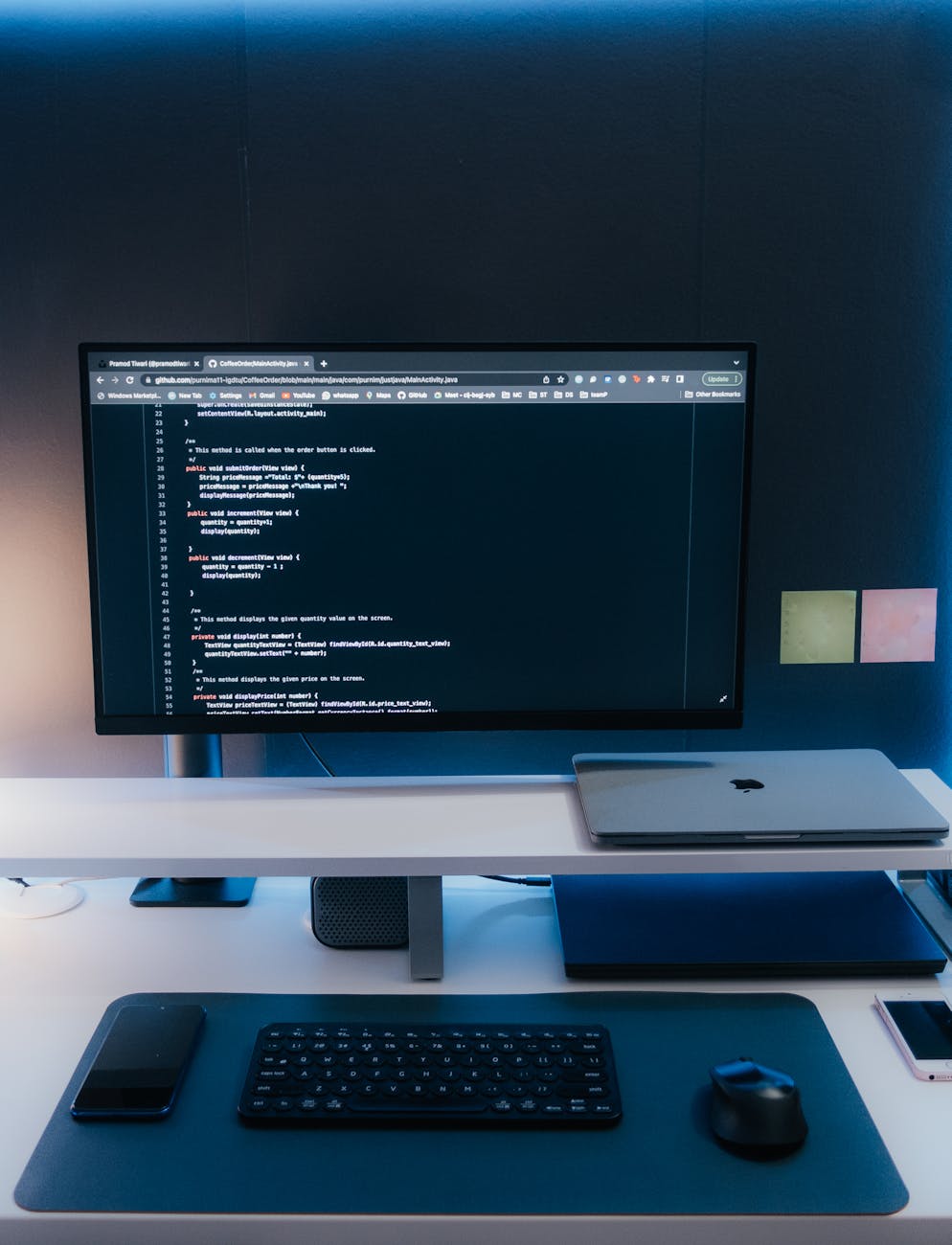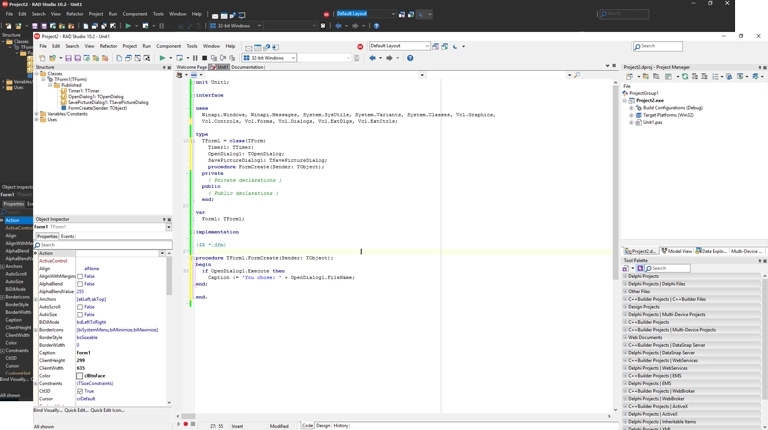So you’ve dived headfirst into the exciting world of programming, devouring tutorials, conquering coding challenges, and building your own projects. But as your codebase expands, a new frontier emerges: code style. This isn’t about aesthetics (though well-formatted code is undeniably pleasing). It’s about a secret weapon called programming style guides.
Imagine inheriting someone else’s code – a labyrinth of cryptic variable names, inconsistent indentation, and missing comments. Frustrating, right? This is where programming style guides come in. Think of them as the secret sauce that keeps your code (and your team’s code) clean, consistent, and easy to understand.
What’s in the Style Guide Toolbox?
A style guide is essentially a set of rules or recommendations for writing code. It covers various aspects, including:
- Formatting: How your code is visually presented, including indentation (spaces or tabs?), spacing around operators, and line breaks. Consistent formatting makes the code easier to scan and follow the logic flow.
- Naming Conventions: Think of it as picking meaningful names for your variables, functions, and classes. Descriptive names like
calculateMonthlyPaymentare much clearer thanxordoStuff. - Commenting: Adding clear and concise comments explains what your code does, especially for complex logic or non-obvious parts. Comments are like helpful notes to yourself and future readers.
- Code Structure: This refers to how you organize your code into functions, classes, and modules. Proper structuring improves readability and maintainability.
- Best Practices: Style guides often include recommendations for error handling, testing, and security practices. These ensure your code is robust and secure.
Why Does Style Matter?
There are several compelling reasons to embrace style guides:
- Readability: Consistent formatting and clear naming make your code easier to understand for both you and others. This saves time and reduces errors when revisiting code or collaborating with teammates.
- Maintainability: As your projects grow, you’ll need to modify and add features. Consistent style makes this process smoother, as anyone jumping into the codebase can quickly grasp the structure and logic.
- Collaboration: If you’re working with a team, a shared style guide ensures everyone writes code in the same way. This fosters better communication and reduces code conflicts (those frustrating moments when different coding styles clash).
- Professionalism: Following a style guide demonstrates a commitment to quality and adherence to best practices. This can be a plus point if you’re aiming to contribute to open-source projects or enter the professional coding world.
How Do I Use a Style Guide?
There are two main approaches:
- Choose an Existing Guide: Many popular programming languages have established style guides. For example, Python has PEP 8 (https://peps.python.org/pep-0008/), JavaScript has Airbnb JavaScript Style Guide (https://github.com/airbnb/javascript), and Google offers a C++ Style Guide (https://github.com/google/styleguide). These guides are a great starting point, as they’ve been battle-tested by experienced developers.
- Create Your Own: If you’re working on a personal project or a small team, you can create your own style guide. Discuss and agree on formatting preferences, naming conventions, and best practices. Documenting your decisions helps maintain consistency.
Tips for Effective Incorporation
- Start Early: The sooner you adopt a style guide, the easier it becomes to maintain consistent code.
- Use Formatting Tools: Many code editors and IDEs (Integrated Development Environments) have built-in features to automatically format your code according to a chosen style guide. This saves time and ensures consistency.
- Be Flexible: Style guides are meant to be helpful, not rigid. If there’s a strong reason to deviate from a rule for readability or maintainability, discuss it with your team.
- Enforce (Lightly): For personal projects, self-enforcement might be enough. For teams, consider using linters or code formatters that automatically check for style guide violations. However, avoid creating an overly strict environment that discourages creativity.
Embrace the Style
Following a programming style guide might seem like an extra step at first. But trust us, the benefits far outweigh the initial effort. Consistent, well-formatted code is a joy to work with, and it becomes a hallmark of your coding skills. So, dive into the world of style guides, and watch your code evolve from good to great!
Style Guides
Here’s a table listing some popular programming languages with links to their recommended style guides:
| Language | Style Guide Title | Link |
|---|---|---|
| Python | PEP 8 – Style Guide for Python Code | PEP 8 – Style Guide for Python Code: https://peps.python.org/pep-0008/ |
| JavaScript | Standard JS – JavaScript Style Guide | Standard JS – JavaScript Style Guide: [invalid URL removed] |
| Java | Google Java Style Guide | Google Java Style Guide: https://google.github.io/styleguide/javaguide.html |
| C# | Microsoft C# Coding Conventions | Microsoft C# Coding Conventions: [invalid URL removed] |
| PHP | PSR-12: Coding Style Guide | PSR-12: Coding Style Guide: https://www.php-fig.org/psr/psr-12/ |
| C++ | C++ Core Guidelines | C++ Core Guidelines: https://github.com/isocpp/CppCoreGuidelines |
| C | Google C Style Guide | Google C Style Guide: [invalid URL removed] |
| Delphi | CodeGear Delphi Style Guide | Embarcadero Delphi’s Object Pascal Style Guide: http://docwiki.embarcadero.com/RADStudio/Alexandria/en/Delphi%E2%80%99s_Object_Pascal_Style_Guide |
| Go | Go Code Review Comments | Go Code Review Comments: https://golang.org/wiki/CodeReviewComments |
| Swift | Apple Swift Style Guide | Apple Swift Style Guide: [invalid URL removed] |
| Kotlin | Kotlin Coding Conventions | Kotlin Coding Conventions: https://kotlinlang.org/docs/coding-conventions.html |
Note:
- Links were chosen based on their official or recommended status within the programming language community.





Leave a comment